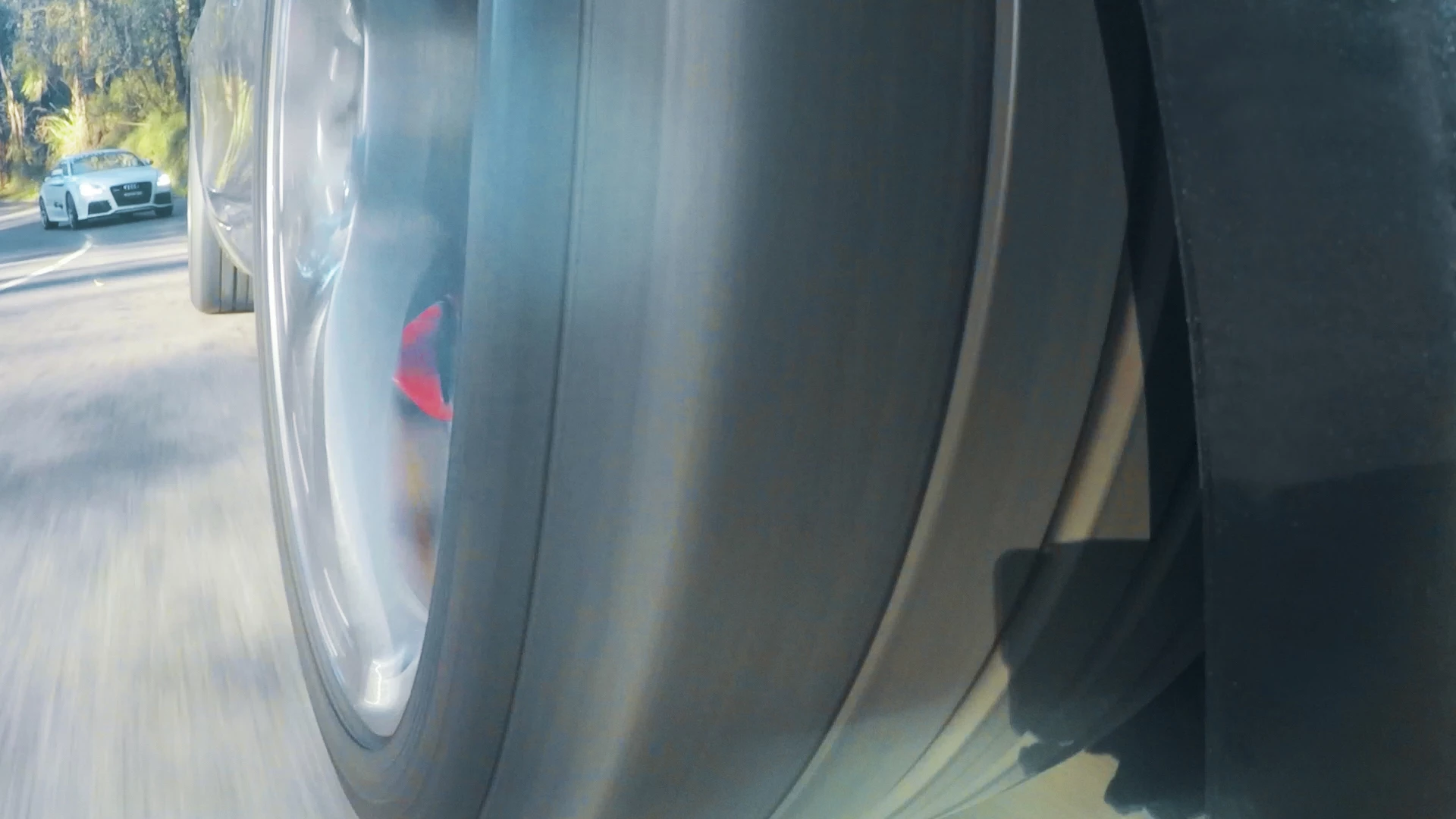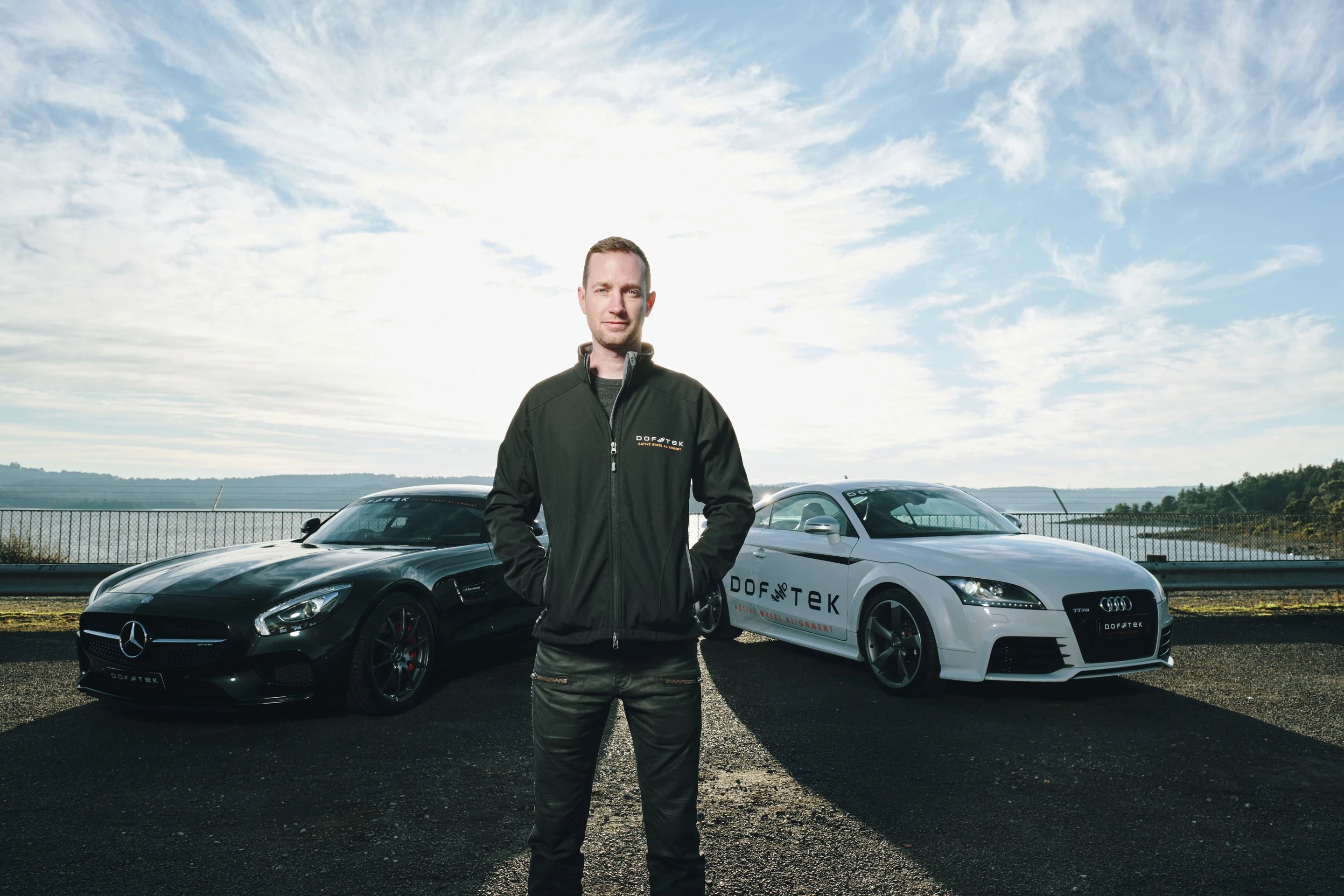Change the angle of each car’s wheel on the move to get better fuel economy or improve handling? If it sounds like the result of inebriated banter around a barbecue too late one night, you’d be sober to learn it’s a new Australian development that is ready to go global.
Major improvements in handling and tire wear while reducing rolling resistance are some of the claims by the developer of a world-first active wheel alignment system that is now being tested as a production component by selected car and truck makers.
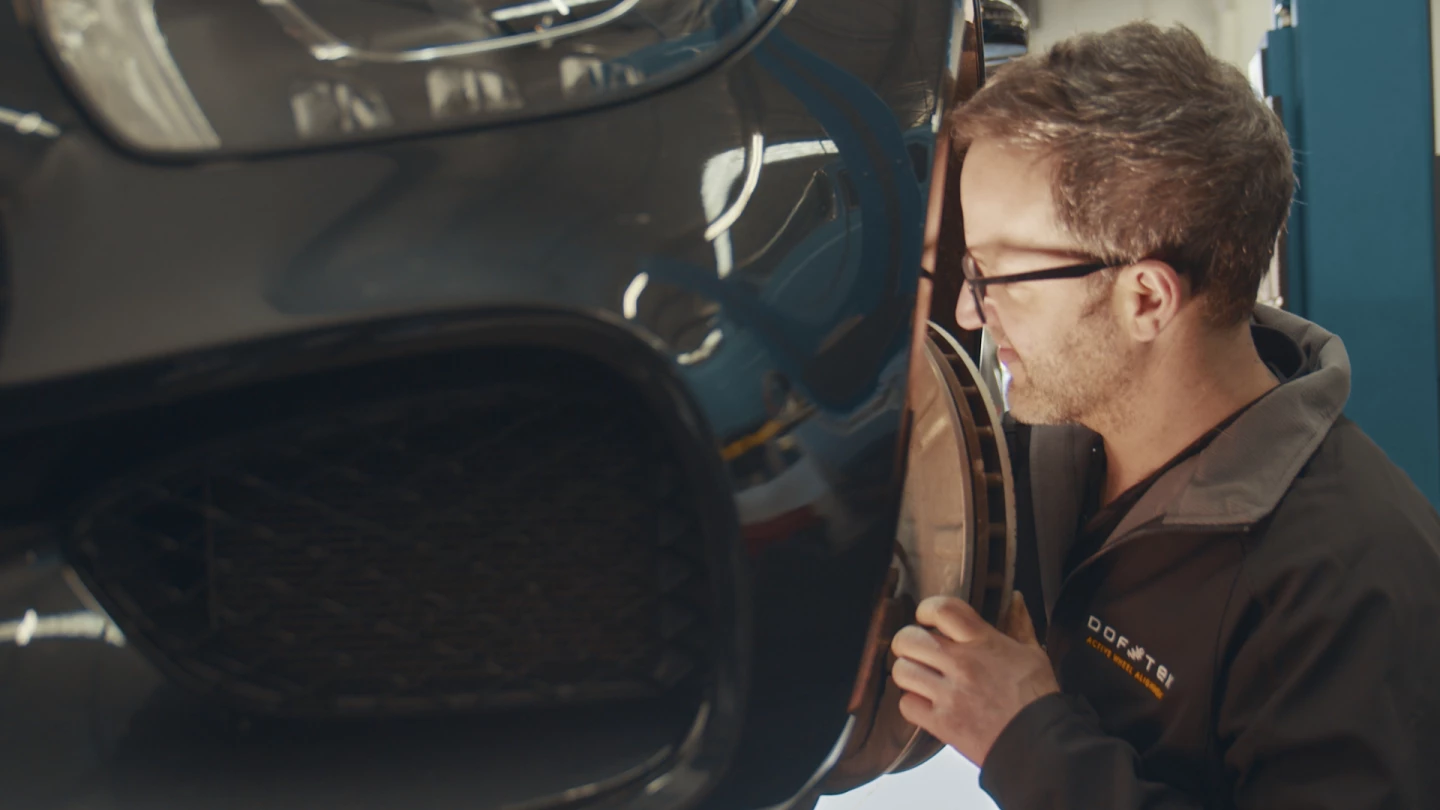
The Australian designed and developed Doftek active wheel alignment system (AWAS) is now poised to be licensed to vehicle manufacturers and may also be offered it as an aftermarket product, particularly to motorsport.
The initial targets for AWAS are luxury and performance vehicles, followed by electric vehicles (as a means of extending the battery range) and autonomous cars.
“Cars today are so sophisticated that they have electronic control for everything, except the most important thing that controls contact with the road - wheel alignment,” says Doftek inventor and co-founder Geoff Rogers. "The contact patch on the road is the most important part of a vehicle’s handling.”
The Doftek AWAS was developed by husband and wife team Geoff and Priscilla Rogers and business partner Dr Paul Dowie. It works by altering the angle of a car’s wheel while on the move. By electronically adjusting camber, toe and caster, it claims it can improve handling performance by at least 15 per cent – and a second version of up to 29 per cent – while reducing rolling resistance by 10 per cent and tire wear by 10 per cent.
It can be fitted to the front – or all – wheels of a passenger vehicle, to the wheels of a prime mover truck, and to the truck’s trailer wheels.
Rogers says an example of the benefits of the AWAS is for highway driving where the camber can be adjusted to reduce rolling resistance and so save on fuel. It also reduces tire wear and lowers noise, vibration and harshness (NVH) for a more comfortable ride. When cornering, where lateral grip is important, the adjustments to negative camber (the splayed front wheel look reflected by track cars) can be made while moving.
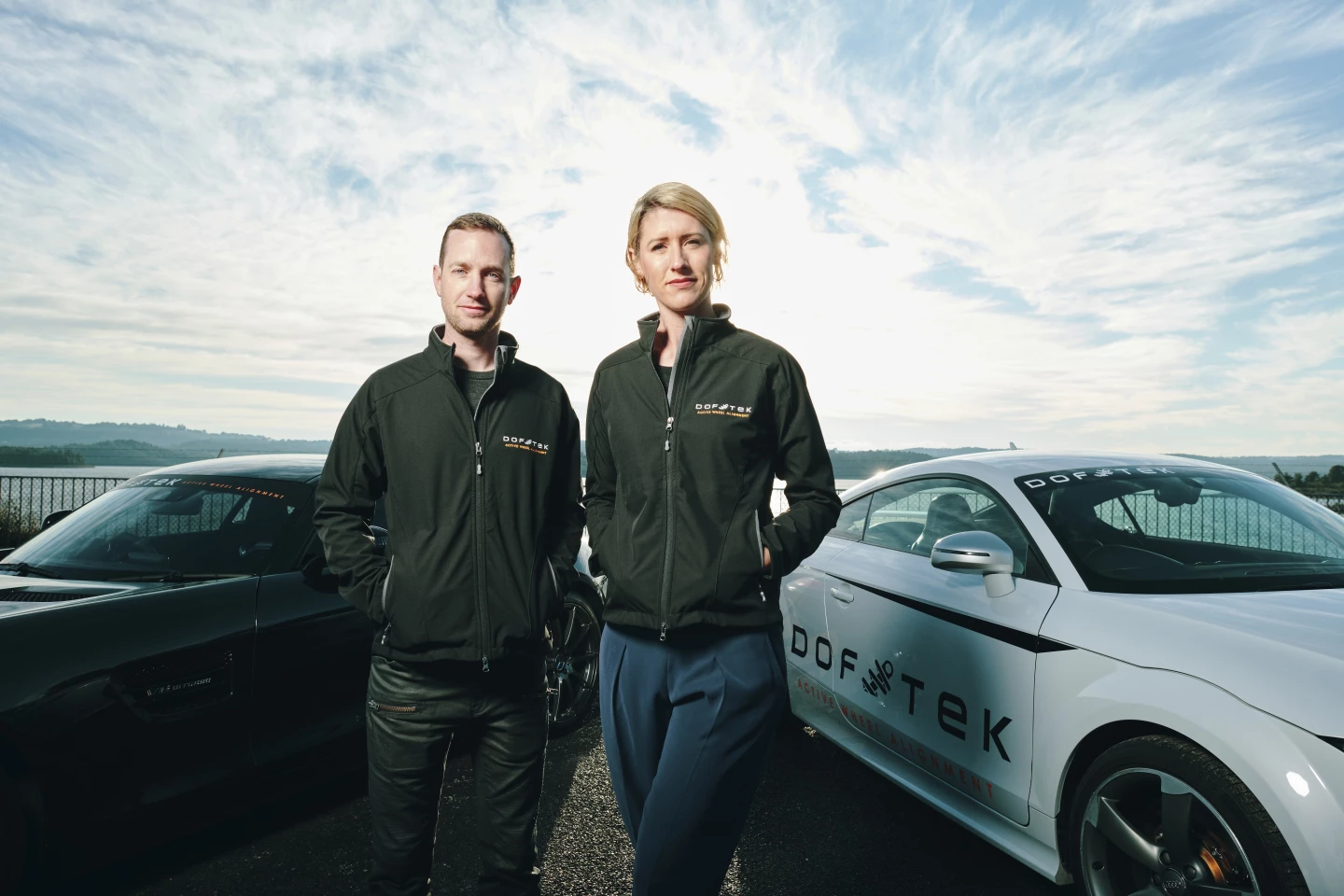
In the first-generation version, each wheel’s camber and caster were altered at the same angle but Rogers says that developments now underway can independently adjust the angle of the wheels so the inner wheel, for example, can be made to lean more for better grip.
“Tire temperatures are very important and by adjusting the angle of the wheel we can reduce the temperature by more than 10 per cent,” Rogers says. “With even tire temperatures, we can reduce wear and eradicate uneven tire wear.”
The benefits are tires that last longer and ultimately, lessening the tires that end up as waste.
For trucks and trailers, adjusting the wheels can improve the turning circle, extend tire life and reduce emissions – all vital benefits to the transport industry. Rogers says some truck manufacturers were now looking at his product because of these advantages, specifically at a time when emissions and fuel use are becoming stringently regulated.
The Doftek AWAS is also seen as being important to tire makers who may be able to redesign tread patterns or change the composition of the tire to lighter, less heat-sensitive materials.
Doftek started two years ago and produced the first version that has on-the-fly adjustment of wheel alignment via a three-mode selector switch. The switch offers Normal, Sport and Sport+ modes with the corresponding 0 degree, -1.5 degree and -3 degree camber to suit different driving conditions.
The company says this version has been extensively developed and tested and provided at least a 15 per cent increase in handling performance; 10 per cent reduction in rolling resistance; and 10 per cent reduction in peak tire temperatures.
With financial support from the Australian Government’s Advanced Manufacturing Growth Centre (AMGC) initiative, the company is developing a second version of its system which will offer next-generation dynamic (semi-active) and adaptive (real-time) capabilities. Rogers says the second-generation system will also achieve an improvement of up to 29 per cent in handling performance observed during initial testing with differential camber settings.
Doftek has an Audi TTRS and Mercedes-AMG GT S as its test cars. The Audi is fitted with the first version of the system and the AMG with the upgraded version. Rogers says the AMG can adjust the camber of each wheel, so that the right-hand side wheel can be -2.8 degrees and the left side can be -0.2 degrees to maximize grip when cornering.
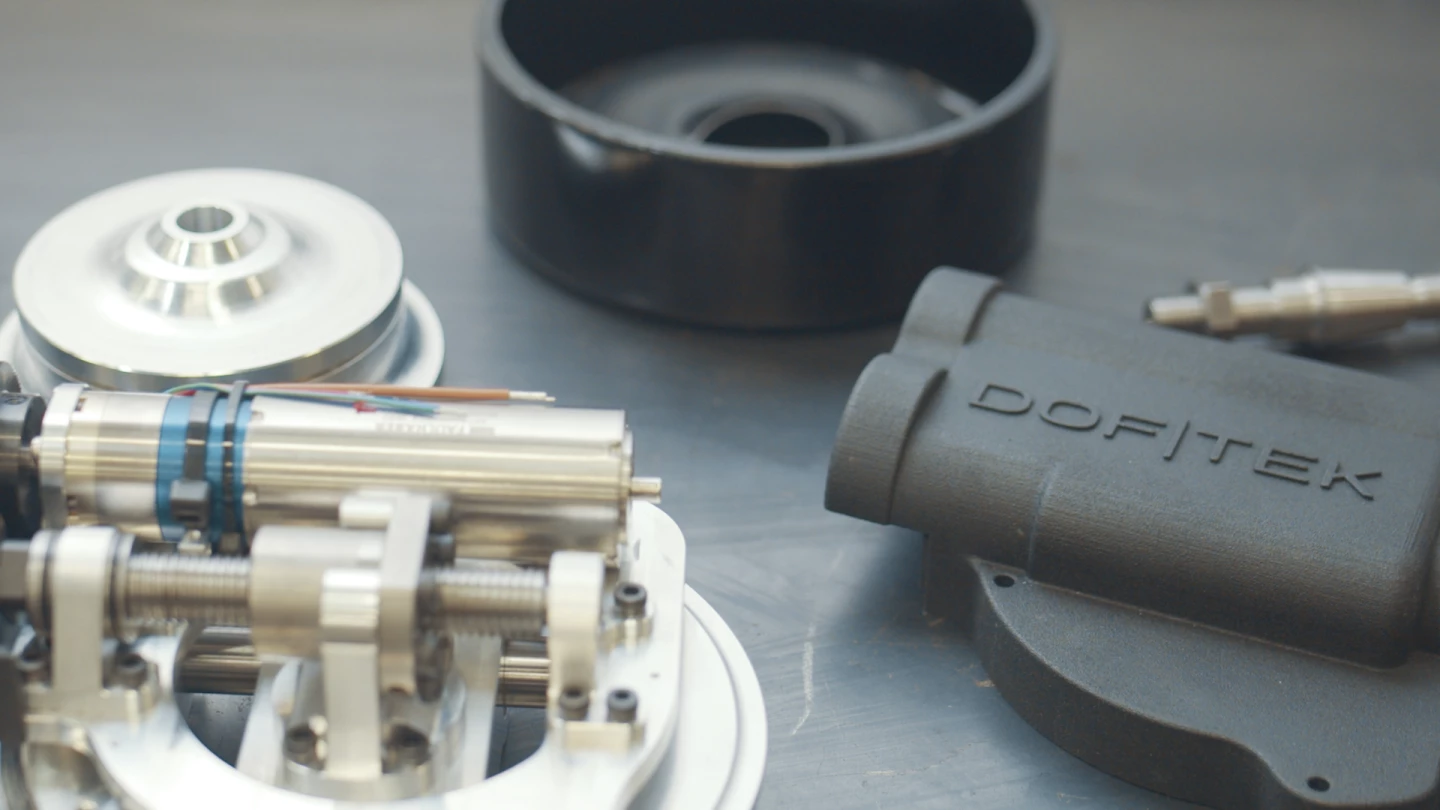
In development is the ability for the car to do its own wheel alignment, based on factory parameters set into the Doftek ECU.
The AWAS concept isn’t new. Mr Rogers said some car manufacturers have been working on an AWAS since around 2005 but termed them expensive, heavy and unable to be incorporated into existing suspension layouts.
“This is the only one that adapts and controls the wheel in real time,” he says. “It’s fully compatible with existing suspension systems, including MacPherson struts, double wishbone, multi-link and with rear-wheel steer systems. It fits into existing vehicles and there are no other changes to the vehicle and wheel alignments can be carried out as normal.”
In the system, an electromechanical camber device replaces the OEM suspension mount, a similar device for toe changes is fitted to the tie rod, and the system is controlled by an ECU that connects to the vehicle’s main ECU and can be controlled by the user or automatically adjust on the fly.
Of particular interest is that the device, which only adds up to about 1 kg of weight per wheel, reduces rolling resistance and improves fuel economy and in the case of an electric vehicle, extends its range.
Rogers says that a 10 per cent reduction in rolling resistance was “a massive gain” for an EV.
“Our real-world testing demonstrates that this technology can provide next-generation performance gains to vehicle manufacturers. The funding and assistance provided by the AMGC has allowed us to accelerate our development and commercialization efforts into global markets, including Europe and Japan.”
Rogers says the pandemic had slowed discussions with offshore companies but these are ongoing, and he plans to have a prototype unit fitted to their test vehicles once business conditions improved. He believes this will position Doftek as a supplier for future vehicle releases.
Doftek’s project partners include On Point Engineering that contributes expertise through its years of Supercars Australia competition; Erntek to supply and commission electric motors; Flexicut Engineering to make custom parts; and 3D Systems to rapid prototype parts and contribute 3D printing knowledge.
Source: Doftek


